What is a Foil Character?
In movies, TV shows, and books, a foil character is someone who contrasts with another character – usually the main character – to highlight the protagonist's personality and qualities. Some stories also use a subplot as a foil to the main plot.
So, what is a character foil? It is a tool used by writers to enhance the depth and complexity of the main character by providing a stark contrast through another character's traits, choices, or values. This contrast often underscores the unique aspects and personal growth of the protagonist. A foil character can be a nifty device that helps to develop your story's characters. Often, this foil character is a secondary character whose differences with the protagonist help your audience to understand what makes them tick – and also to see how important their roles are in the story. This contrast can be instrumental in driving the story forward, shedding light on themes and conflicts within the story. Smart, right?
The Shortcut to Effective Storyboards.
Boords is an easy-to-use storyboarding tool to plan creative projects.
Get Started for FreeFun fact: the literary term 'foil' comes from the old practice of backing gems with foil to make them shine more brightly, hence creating the 'foil character'.
Stick around, as we're going to dive into some great examples of foil characters from movies and literature, showing just how they bring a story to life in unique and fascinating ways.
Get your FREE Filmmaking Storyboard Template Bundle
Plan your film with 10 professionally designed storyboard templates as ready-to-use PDFs.
Frankenstein
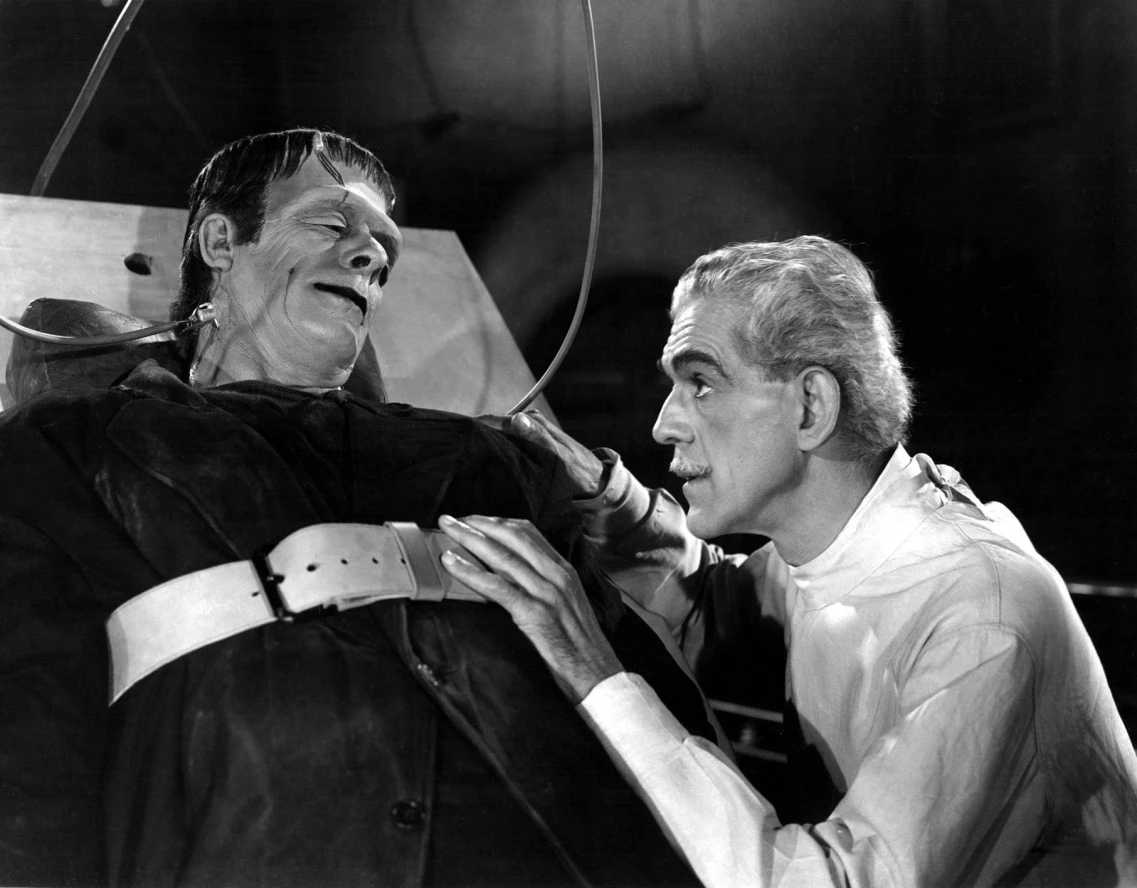
In Mary Shelley's famous Frankenstein, two main characters – Dr. Frankenstein and his 'creature' – act as classic character foils for each other, perfectly exemplifying the concept of a foil character. Victor Frankenstein, absorbed in his scientific pursuits, withdraws from the world, becoming consumed by his obsession to animate a living being. In doing so, he unwittingly creates his own foil: a creature that embodies the antithesis of his own personality traits.
This creature, unlike Victor, craves companionship and connection – the very things Frankenstein neglects in his quest for knowledge. The creature's desire for social interaction and understanding starkly contrasts with Victor's isolated and self-centered nature. This juxtaposition not only highlights their differing values and desires but also emphasizes the tragic consequences of Victor's choices. Through these two characters, Shelley masterfully uses the foil character concept to deepen the themes of isolation, humanity, and the repercussions of unchecked ambition.
The Great Gatsby
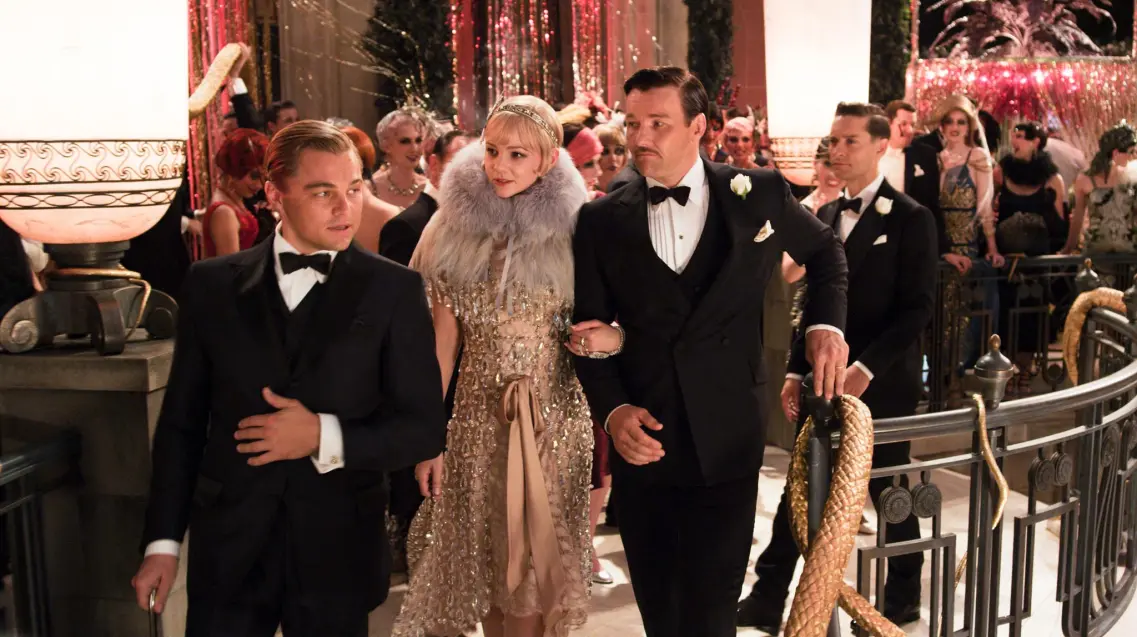
In The Great Gatsby, another vintage work of literature, F. Scott Fitzgerald uses narrator Nick Carraway as a foil character to the novel's protagonist, Jay Gatsby, and Jay's antagonist, Tom Buchanan. The men share a desire for Tom's wife, Daisy – but in other ways they're completely different.
Nick paints Tom as an entitled Ivy League-educated sportsman who inherited his money. By contrast, Nick's much more comfortable around rags-to-riches Jay – the Great Gatsby himself – describing him as a man who “had one of those rare smiles with a quality of eternal reassurance in it…”
This contrast is further emphasized as Nick observes the lavish, yet hollow, world of the wealthy. While Tom represents the old money aristocracy and its inherent corruption, Jay symbolizes the self-made American dream, albeit tainted by his own obsessions. Nick, as a foil character, not only highlights the differences between Jay and Tom but also reflects the evolving societal values of the 1920s. His more grounded and less materialistic view serves as a lens through which the extravagance and moral decay of the era are scrutinized.
Hamlet

In Hamlet, William Shakespeare creates a foil between Laertes and Prince Hamlet to show how different they are. At one point, Prince Hamlet tells Laertes that he'll fence with him and – to ram the point home – says, "I'll be your foil, Laertes." This direct reference cements their roles as foil characters, with Hamlet explicitly acknowledging the contrasting qualities that Laertes brings out in him.
Shakespeare continues the foil-arama by making another foil character for Hamlet: the Norwegian soldier of few words, Fortinbras. Both men have lost their fathers and want revenge. However, unlike Hamlet, Fortinbras has a strong relationship with the rest of his family – something that Claudius uses to avoid war. While Hamlet is paralyzed by indecision and philosophical quandaries, Fortinbras is decisive and action-oriented, traits that further illuminate Hamlet's more contemplative and hesitant nature. Through these foil characters, Shakespeare cleverly uses contrasts to enrich the narrative, adding depth to the main character, Hamlet, and providing different perspectives on themes of revenge, action, and the burdens of leadership.
Harry Potter
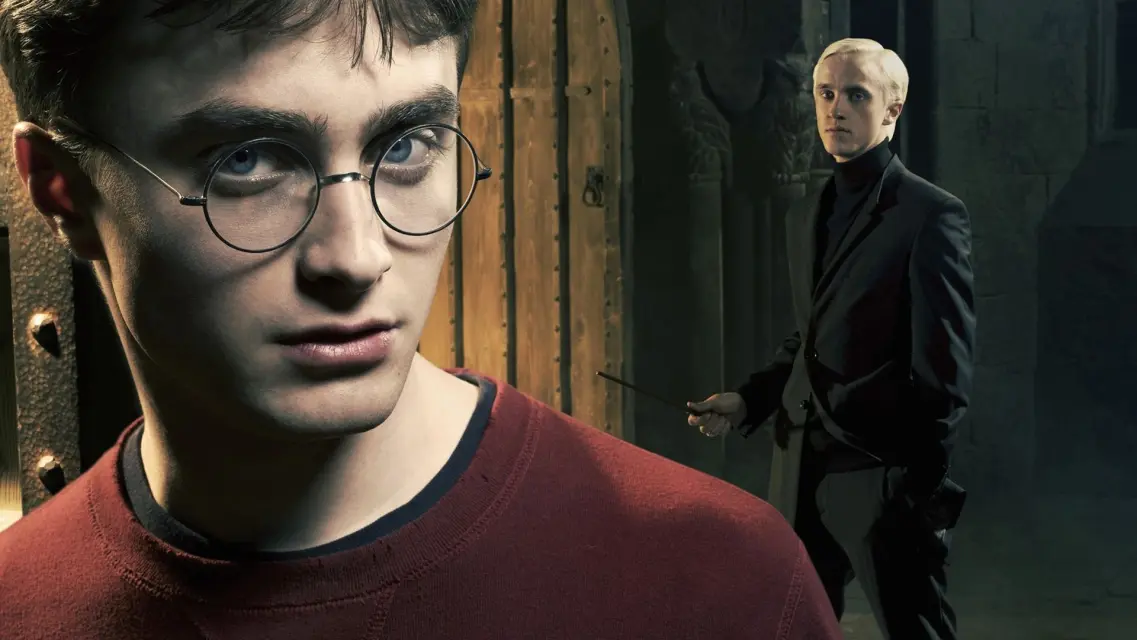
Harry Potter's rival, Draco Malfoy, serves as an excellent foil character in the Harry Potter series, effectively contrasting with the main character. Uber-creepy Professor Snape provides opportunities for both boys "to experience the essential adventures of self-determination." However, their choices diverge significantly: while Harry chooses to fight against Lord Voldemort and the Death Eaters, Draco Malfoy makes the decision to join them.
This contrast is further emphasized as we see Malfoy aligning himself with Voldemort and his band of nasties, which in turn highlights the positive choices made by Harry as he battles the dark wizard. Like foil, Malfoy's darker path and questionable decisions help to accentuate Harry's character traits of bravery, loyalty, and moral fortitude. The stark differences between Harry and Draco as foil characters not only drive the plot but also deepen the themes of choice, morality, and personal growth. Their contrasting personalities and paths provide significant insights into their character development, demonstrating how adversity and decisions shape a person's character in a narrative. Malfoy's journey, mirroring yet opposing Harry's, serves as a critical reflection of the choices one faces in the fight between good and evil.
Julius Caesar
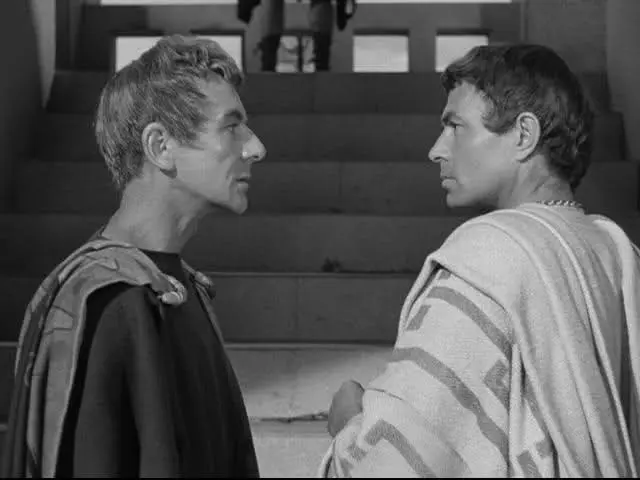
In Shakespeare's play Julius Caesar, we witness the dramatist's skill in using literary devices, particularly in the form of foil characters. The character Brutus is contrasted with not one, but two literary foils: Cassius and Mark Antony.
While both Brutus and Cassius conspire to kill Caesar, they demonstrate opposing traits, highlighting their different motivations and approaches. Cassius is more inclined to use cunning and rely on his ambition, whereas Brutus, driven by his strong sense of duty, is motivated by his allegiance to the state. This juxtaposition of Brutus with Cassius accentuates the complexities and internal conflicts within Brutus's character.
With the foil character of Antony, we see a further contrast. Antony's ambition, deception, and treachery stand in stark opposition to Brutus's honesty and naiveté. Antony's manipulative and power-hungry nature highlights Brutus's more noble, albeit misguided, intentions, thus deepening the exploration of themes like honor, loyalty, and the corrupting influence of power in the play.
Macbeth
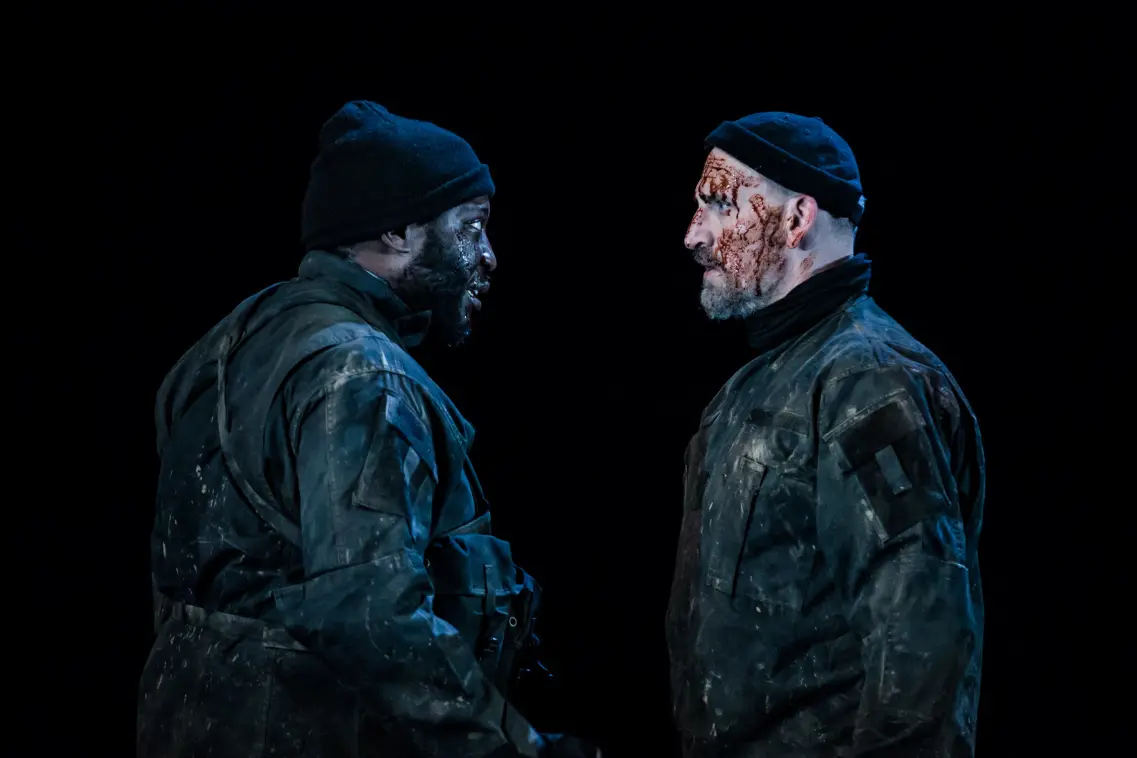
Shakey-P is at it again. This time, we see Banquo serving as a foil for Macbeth. Macbeth's predicted to be king, while Banquo's predicted to spawn many kings – which means his heirs will become kings.
Macbeth, blinded by ambition, murders his way to the crown, then continues his bloodbath to stay seated on the throne. Banquo wants to have his heirs rule Scotland but – unlike Macbeth – doesn't set out on a killing spree to make it happen. In the process, he makes Macbeth look pretty nasty. This stark contrast between the character foils not only highlights Macbeth's descent into darkness but also underscores the consequences of unchecked ambition and the corrupting nature of power in this tragic tale.
Romeo and Juliet
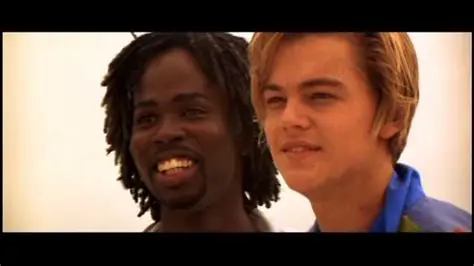
Retaining his title as King of the Foil, Shakespeare once again demonstrates his expertise in the classic example of Romeo and Juliet. He introduces Romeo's best friend, Mercutio, as a dynamic foil character for Romeo himself.
Mercutio, known for his witty and cynical view of love, often pokes fun at romantic ideals, favoring logic and sensibility instead. This character's personality with his pragmatic and earthy approach to life stands in stark contrast to Romeo's idealistic and passionate nature. This contrast is epitomized in Mercutio's famous "Queen Mab" speech, where his vivid imagination is on full display, yet he uses it to mock rather than to indulge in romantic fantasies.
As a foil character, Mercutio highlights and amplifies Romeo's romanticism and emotional impulsiveness, setting up a clear opposition between the two. This contrast serves to underscore the intensity of Romeo's feelings and the depth of his love for Juliet, making Mercutio an essential character in throwing Romeo's emotional and romantic traits into sharper relief.
The use of these foil characters effectively highlights the thematic elements of love, fate, and the conflict between rationality and emotion in the play.
Sherlock Holmes

In another case of positioning best friends as character foils, Sir Arthur Conan Doyle uses Sherlock Holmes' loyal sidekick Dr. John Watson as a supporting character to draw even more attention to the world's finest detective, Sherlock Holmes.
As Sherlock Holmes explains his thinking about mind-bending cases to Watson, it helps the reader (or viewer) get a sense of what's going on – highlighting Holmes' unparalleled genius. Watson, with his practical mindset and everyman qualities, acts as a foil character to Holmes' brilliant but often aloof nature.
Watson's contrasting personality not only makes Holmes' extraordinary abilities more pronounced but also allows readers to connect with the narrative through Watson's more relatable perspective. The differing personalities of Sherlock Holmes and Dr. Watson create contrast, which underlines each character's strengths – Watson's emotional intelligence and empathy complement Holmes' analytical prowess. The foil relationship between Watson and Holmes thus becomes a crucial element in unraveling the mysteries and understanding the depth of Holmes' character.
Wuthering Heights

Most foil definitions usually talk about foil characters in which two characters are shown in contract each other. But Emily Brontë tears up the rulebook in Wuthering Heights, using an object as a literary foil rather than a character. Wild!
Wuthering Heights is a grey, depressing, dilapidated estate. Its neighbouring estate Thrushcross Grange is, by contrast, a sophisticated, resplendent property that basks in sunshine. Using it as a foil emphasizes the darkness that hangs over Wuthering Heights. This stark contrast between the two estates not only sets the tone for the novel but also serves as a powerful foil character in its own right, symbolizing the internal states and emotional landscapes of the characters. The gloomy, stormy Wuthering Heights reflects the turbulent, passionate nature of its inhabitants, while the serene, sunny Thrushcross Grange mirrors the more calm and refined characters residing there. This innovative use of setting as a literary foil adds depth to the narrative, enriching the thematic exploration of nature versus nurture, social class, and the transformative power of love and revenge.
Foil characters are essential tools in storytelling, adding depth and contrast to narratives. Whether they're secondary characters or inanimate objects, literary foils highlight the main character's growth and qualities, propel the story, and captivate audiences. So, keep an eye out for cleverly crafted examples of foil characters in your next read or watch!
Storytellers foil over themselves to use Boords
Boords is storyboarding & animatic software for modern video teams. Simplify your pre-production process with storyboards, scripts, and animatics—then gather feedback—all in one place. Creating storyboards – and foil characters – has never been simpler.